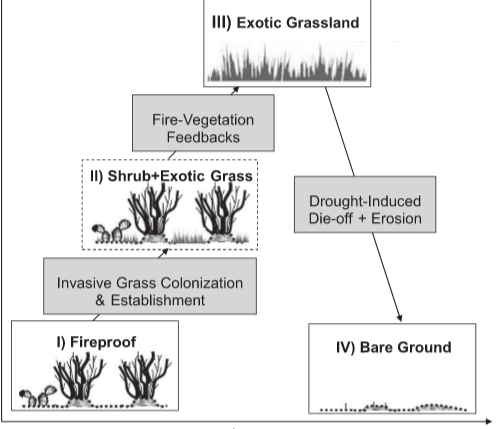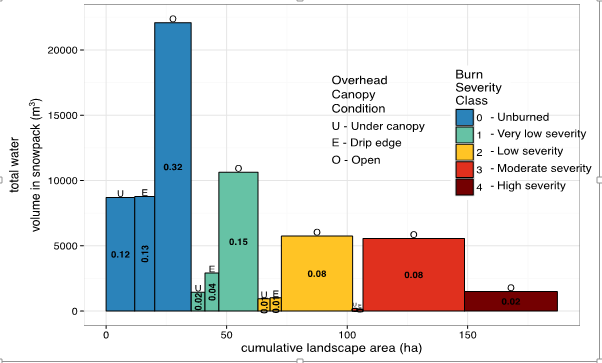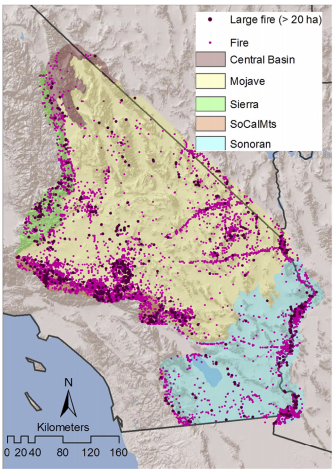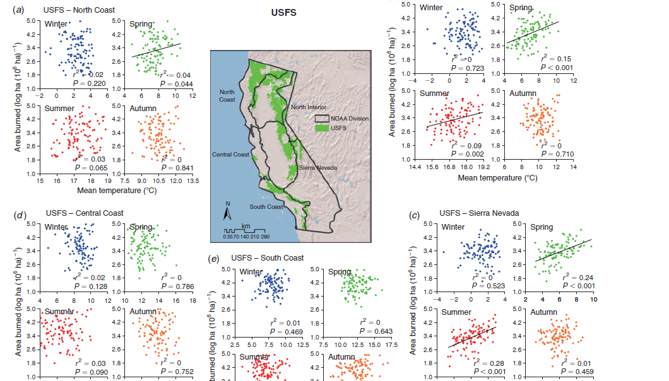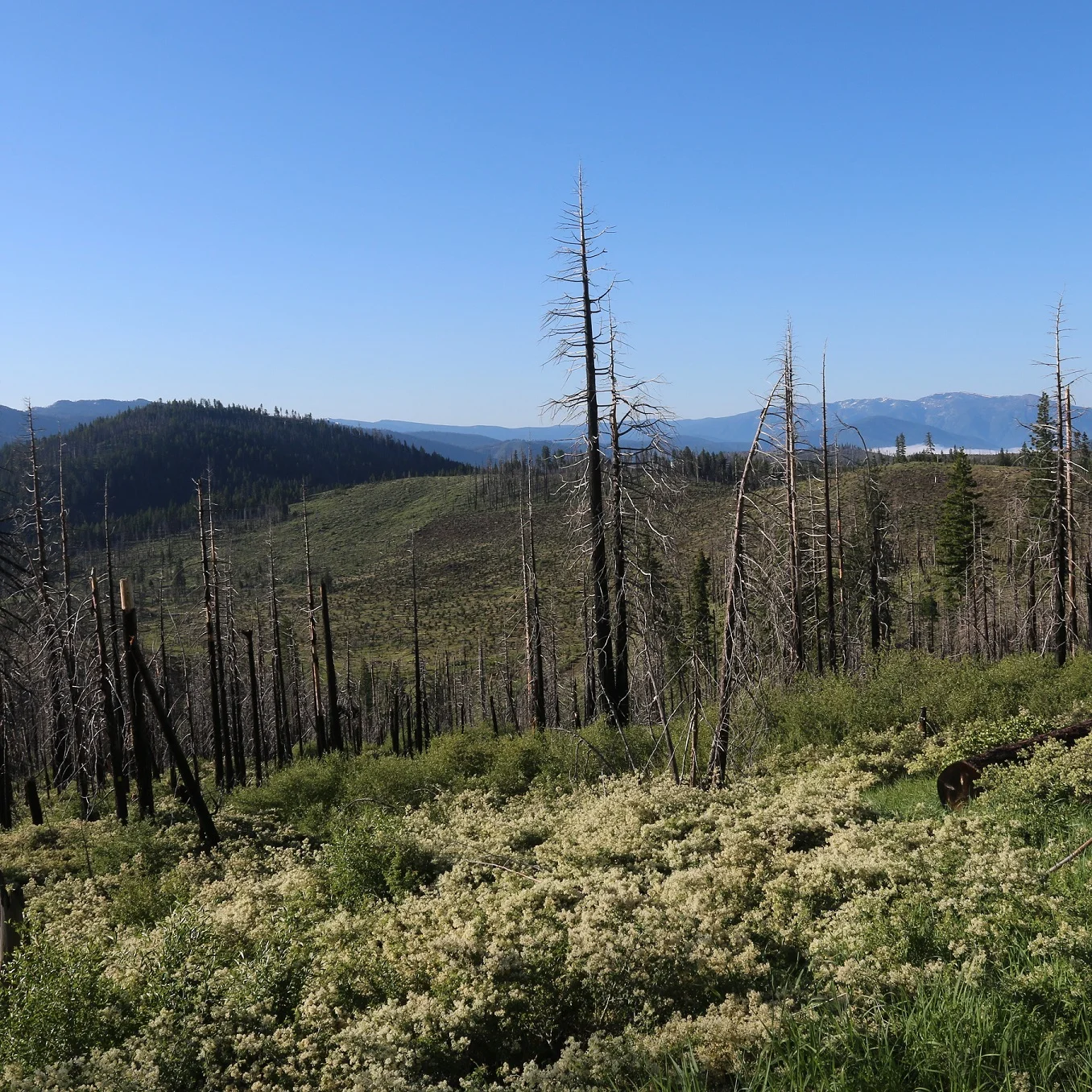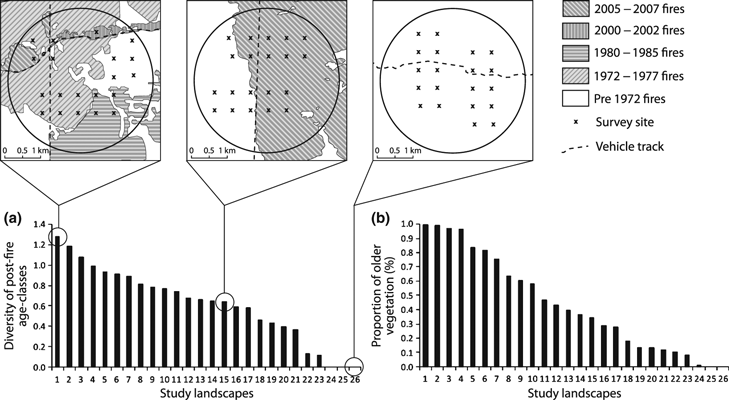Overall, the results of this study add support to the existing theory that diverse fire increases biodiversity in certain ecosystems. Specifically, this study showed that higher diversity of fire severity patterns within a fire lead to more bird diversity, especially in the fire prone semi-arid forests of the Sierra Nevada.
View Research Brief PDF >
Photo: Nine years after the Moonlight fire in Plumas county, California, the landscape shows remarkable resilience with a diversity of habitat structure and birds. Photo courtesy Morgan Tingley.
Read More

